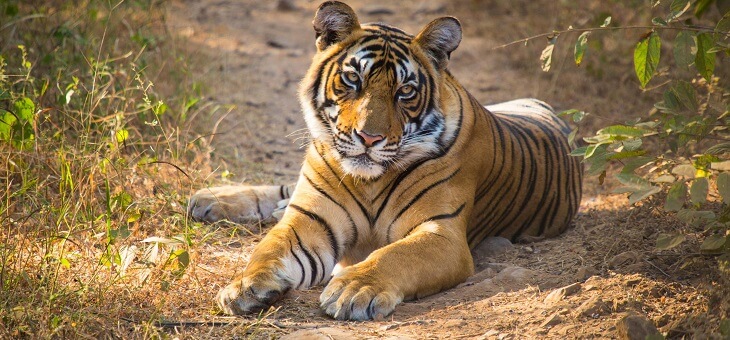This year, a new ‘Big Five’ of wildlife photography was determined by a public poll, which attracted more than 50,000 voters from around the world.
Seeking to replace the traditional safari ‘Big Five’ – lions, leopards, rhinos, elephants and buffalo; supposedly the toughest animals for big game hunters to kill – this new bucket list encourages travellers to shoot wildlife with a camera, rather than a gun.
Here are the winners, and where they can be found.
Tigers
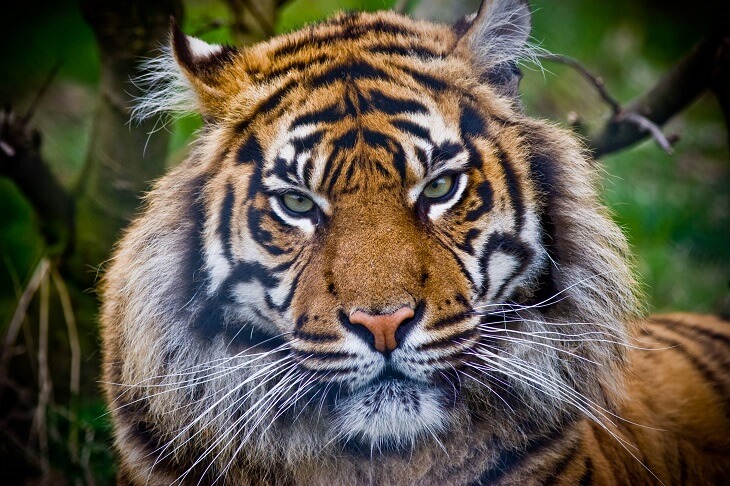
The short answer is India – the world’s top tiger-watching destination by a country mile. The south Asian nation contains around 50 designated tiger reserves, but seven or eight of them make up the bulk of the tourist trail – most of them in or around the central Indian state of Madhya Pradesh.
Bandhavgarh National Park probably leads the pack in sightings, as more than 50 tigers roam its 100 km², while Ranthambore arguably has the best scenery, with jagged mountains, dense forests, and ancient ruins on which the cats occasionally pose.
Satpura and Kanha are also increasingly popular, with thick jungle habitats and leopards as excellent silver medals.
Read: Tigers may become extinct within a decade
Polar bears
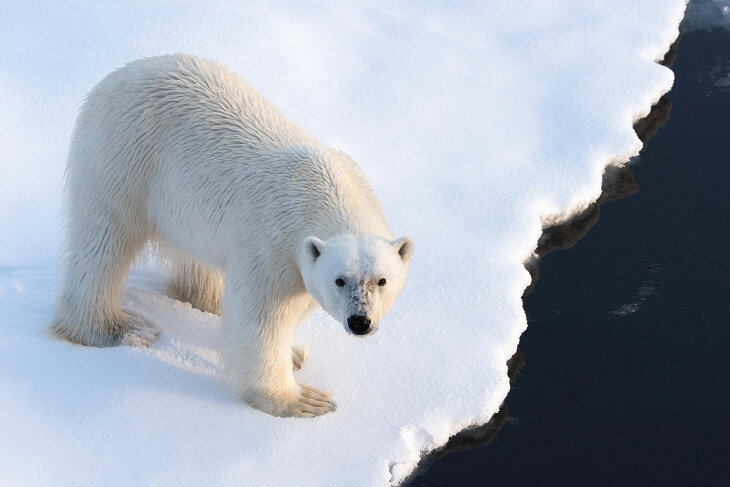
Five of the world’s countries contain polar bears, and you can spot the animals in all of them. The Canadian town of Churchill, Manitoba, is perhaps the most popular option, and operators ferry tourists around in open-topped tundra vehicles as the bears hunt seal on the shores of Hudson Bay. The so-called ‘polar bear capital of the world’, the town is so bear heavy that locals reportedly leave their cars unlocked, as refuges for pedestrians in need.
Svalbard comes in a close second, a glacial Norwegian archipelago with more bears than people, where speedboats and snowmobiles make up for the absence of roads.
In Alaska, the northern town of Kaktovik attracts polar bears during winter – drawn by the whale carcasses left out by the Indigenous population. Greenland sits lower on the sighting list thanks to a comparatively poor bear-to-square-kilometre ratio.
If you’re feeling really intrepid, you could catch a tour boat to Wrangell Island, a massive, barren hunk of rock in the Russian High Arctic. Nicknamed the ‘polar bear maternity ward’, Wrangell hosts more denning polar bears than anywhere else on earth, alongside year-round average temperatures below -10°C, and ‘cyclonic’ wind conditions.
Lions
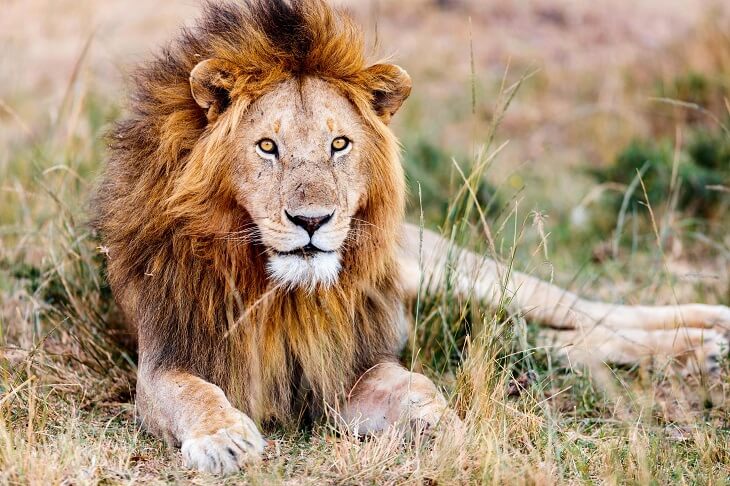
Most of the safari parks you’ve heard of, you’ve heard of because they contain lions – perhaps the most coveted safari staple of them all. The prides of Kenya’s Maasai Mara set the standard (and have starred in endless TV shows), while across the Tanzanian border the Serengeti National Park maintains a massive population around 3000 lions strong.
The Okavango Delta in Botswana is similarly popular, showcasing lions in an aquatic habitat alongside hippos, crocodiles and kudu. South Africa’s Kruger National Park is popular with tourists.
Read: Go on a sustainable safari
Gorillas

Hollywood hit Gorillas In The Mist (1988) solidified Rwanda as the place to be for the much-mythologised mountain gorilla, and alongside Uganda, the east African nation still has the best infrastructure for tourist trekking. The gorillas also inhabit the borderlands of the Democratic Republic of the Congo, but severe safety concerns mean you’re best steering clear.
Other gorilla species are more common in West Africa – spanning Nigeria, Cameroon and Gabon – but are less often pursued by tourists.
Elephants
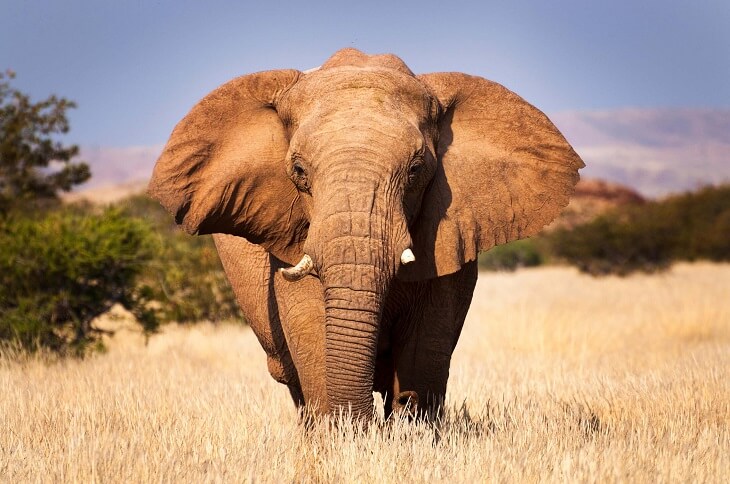
Already one of the traditional African ‘Big Five’, elephants are probably the simplest of these animals to spot – in no small part thanks to their gargantuan size. They inhabit forests and savannahs across much of sub-Saharan Africa, from Kenya to South Africa, Zambia to Zimbabwe.
Read: Zoo hotels where you can watch the animals from your room
Indian elephants are smaller, and equally visible. You may be offered the chance to ride one like a medieval maharajah. Do not accept. The animals are not designed for domesticity, and they will hate every second.
Do you enjoy wildlife photography? Which of the new ‘Big Five’ would you most like to see in the wild? Please let us know in the comments section.
– With PA
If you enjoy our content, don’t keep it to yourself. Share our free eNews with your friends and encourage them to sign up.

